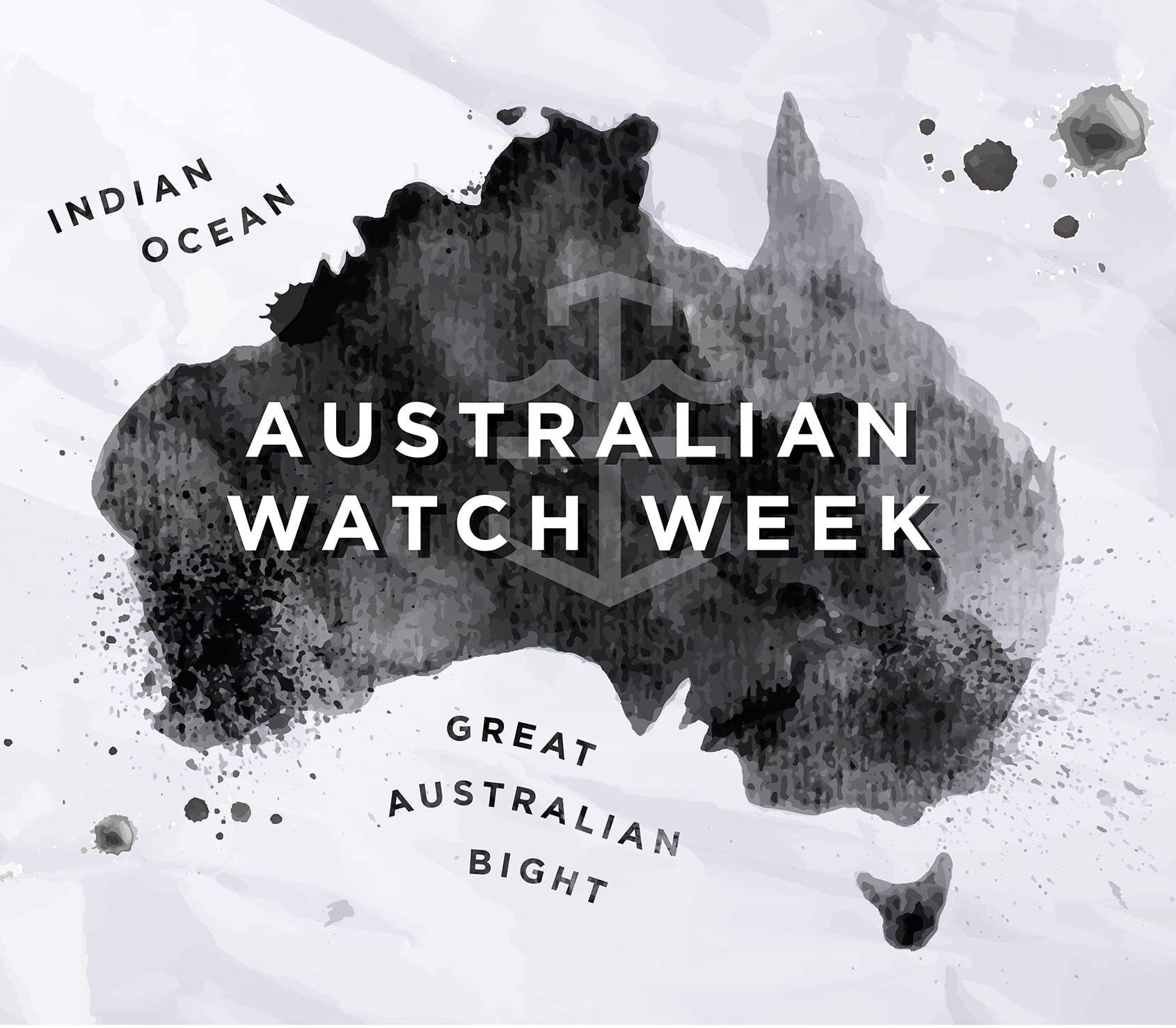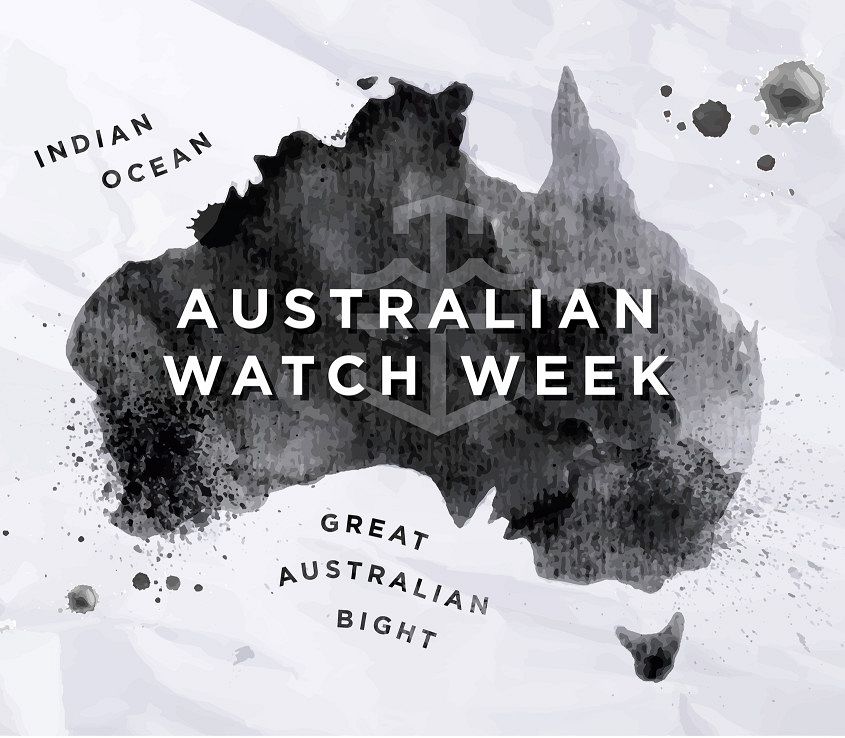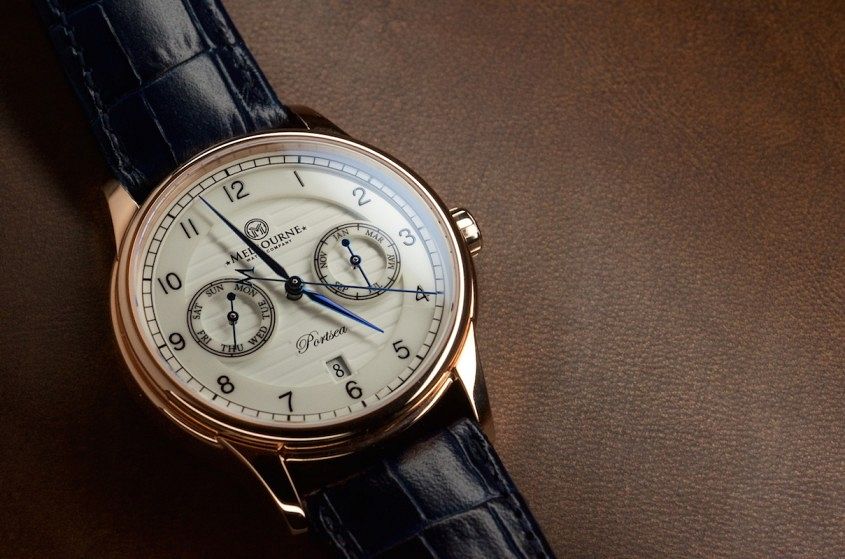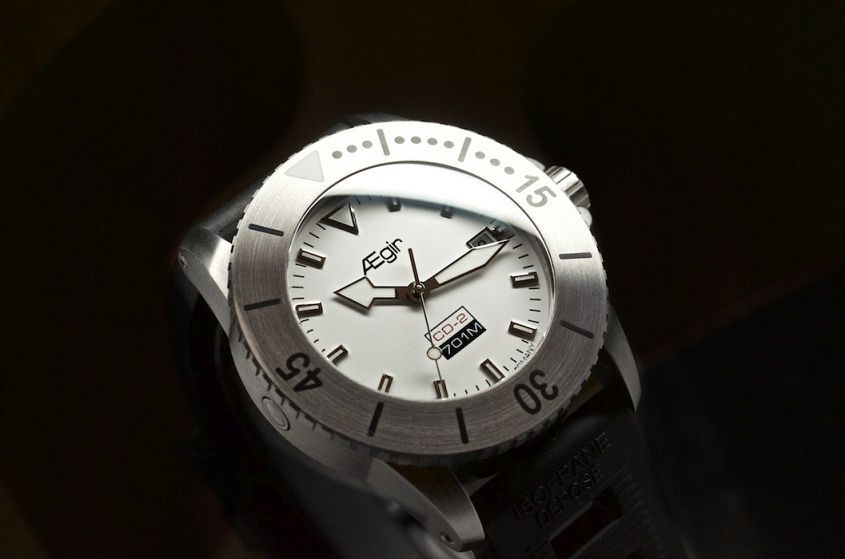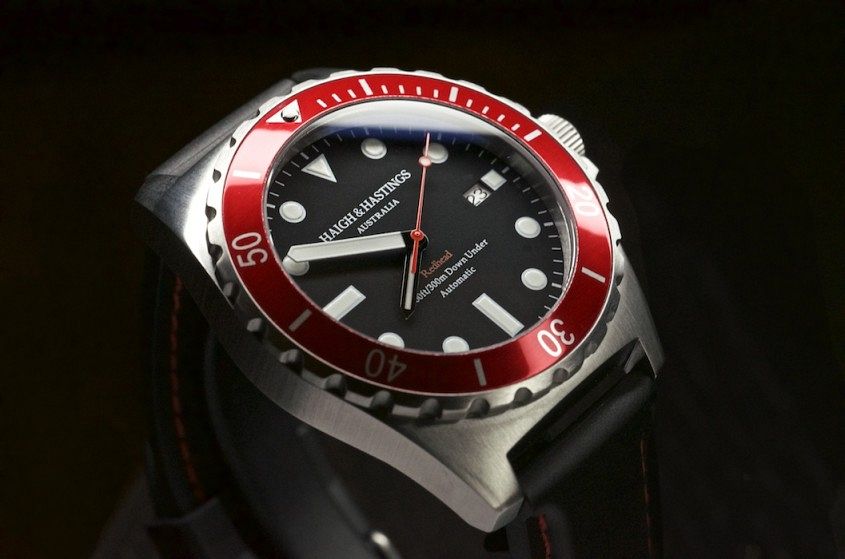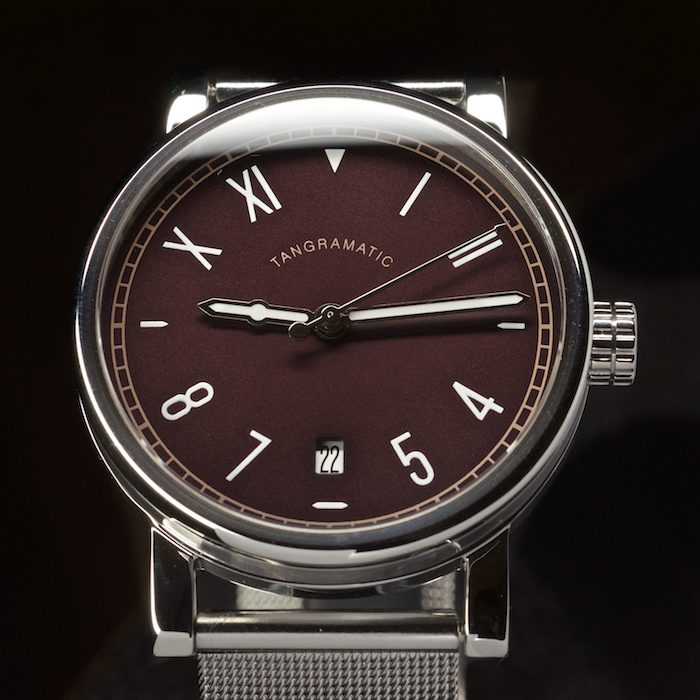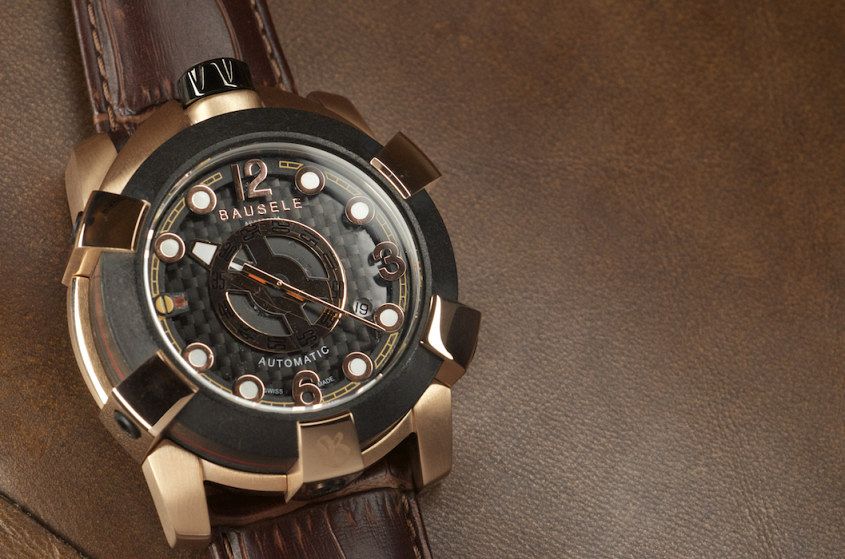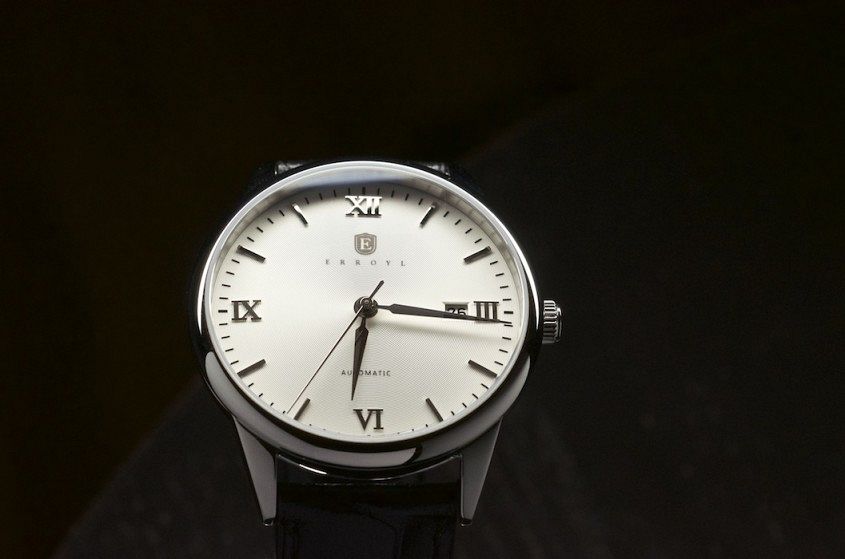AUSTRALIAN WATCH WEEK: State of the Union
Felix ScholzThe dust has settled on Australian Watch Week, and the response has been overwhelmingly positive. So much so that we thought it was worth taking a few steps back and having a look at the state of the industry as a whole, including the perspectives of the local Australian brands and industry leaders from around the world.
So, thanks to the wonders of Skype and online meeting schedulers we assembled a panel of experts, brand founders and opinion makers to take stock, and talk about the future of watches in Australia.
The Cast
Giles English, co-founder of Bremont (GE)
Dan Niederer, founder of SevenFriday (DN)
Zach Weiss, co-founder of Worn & Wound (ZW)
Todd Caldwell, founder of Aegir Instruments (TC)
Christophe Hoppe, founder of Bausele (CH)
Wes Knight, founder of Erroyl (WK)
Simon Haigh, co-founder of Haigh & Hastings (SH)
Sujain Krishnan, founder of Melbourne Watch Company (SK)
Francis del Mundo, founder of Tangramatic (FdM)
T+T: Zach, let’s start with you. Worn & Wound is probably the leading voice in smaller, niche watch brands like the ones currently coming out of Australia – what do you think about the emerging Australian industry?
ZW: It’s great. I love seeing the watch industry slowly decentralize from Switzerland and Asia, even if that is where manufacturing is (for the time being). The idea of watch design being global, taking on the styles and attitudes of countries worldwide is very exciting. I’d go so far as to say it’s the most promising thing of the emergence of micro-brands – you are getting aesthetic concepts that are new to the industry. Hopefully it will push towards more local manufacturing too, which adds another layer.
T+T: I agree, it’s an exciting time, and I think crowd funding, like Kickstarter has driven a lot of this growth. Sujain, you’ve had good success on Kickstarter – what are your thoughts on the platform?
SK: Kickstarter is an interesting phenomenon. It’s a great way to get your product in front of a huge audience with minimal risk and I’ve seen some great stuff on there over the last 2 years. The flip side is that we are also now seeing a lot of people who are just out to make a quick buck with a generic, low quality watch that lacks any type of creativity. I honestly can’t believe the number of Daniel Wellington clones that have popped up recently claiming to be “disrupting the luxury watch market”.
“I honestly can’t believe the number of Daniel Wellington clones that have popped up recently claiming to be “disrupting the luxury watch market” – Sujain Krishnan
DN: I think it’s cool, and not just for the financing part. It’s almost more about the communication element. It’s healthier, you don’t have one big investor breathing down your neck and pushing you to sell more.
TC: I agree, I started Aegir before Kickstarter, and I’d consider using it today, but not for the funding, more as an awareness tool. Because it’s a risk. If you’re starting out, you’ll make mistakes – costs and lead-times will blow out and then you’re under pressure to deliver to your funders. If you’ve backed it yourself you’re free from those pressures.
GE: I completely agree you have to have realistic expectations. It will always be a lot harder than you ever think and we have a three times rule, everything takes three times longer and is three times more expensive than you ever think it will be.
T+T: Kickstarter sounds stressful, it must be a very high-pressure experience to compete for attention.
WK: Our campaign was a rollercoaster of emotions! But in the end the exposure we got was priceless.
FdM: Yeah, my campaign experience was like shooting a 3-pointer just as a buzzer goes. I’ll never forget it.
“Everything takes three times longer and is three times more expensive than you ever think it will be.” – Giles English
T+T: OK, so it sounds like Kickstarter has pros and cons but is generally worth it. Can we talk about design? Dan, SevenFriday has a pretty unique look – what are your thoughts on the importance of watch design – are we at risk of having a market full of generically designed micro-brands?
DN: We have already got saturation! My advice to anyone thinking of making another round, steel, black dialled chronograph would be – don’t do it! Check what everybody else is doing, and then do something else.
ZW: Yeah, we are seeing a real ‘me too’ phenomenon at the moment, like what Sujain was saying about Daniel Wellington clones. With that said, brands don’t need to re-invent the wheel with every design. Watches are inherently similar, and have a certain “look”. When brands try to do everything different, to create something totally “new” it’s not always for the best. Good designs reinterpret the language of we are used to and propose a new take, something distinct.
“My advice to anyone thinking of making another round, steel, black dialled chronograph would be – don’t do it!” – Dan Niederer
T+T: Simon, you seem to have hit on a genius idea with your customization options, has that been a success?
SH: Yes, it’s part of a bigger trend in consumer product customization – we offer bezels and straps at the moment, but we’re ramping up the scale of customization soon. It’s a great way for us to stand out in the market.
T+T: Let’s move onto Australia. Giles, you’ve built a brand largely on the idea of British-ness, what do you think of Australian brands selling themselves as explicitly Australian.
GE: Your country says a lot about what you are as a brand and you also and I think we’ve you have to play on those principles. There have been some great brands coming out of Australia over the years in lots of different areas, so play on those strengths. I would also never underestimate your home market and capitalise on that first. Take 10 years in your home market before you even think about going globally.
ZW: I Agree with Giles, I love seeing the watch industry slowly decentralize from Switzerland and Asia, even if that is where manufacturing is (for the time being). The idea of watch design being global, taking on the styles and attitudes of countries worldwide is very exciting. I’d go so far as to say it’s the most promising thing of the emergence of micro-brands. Hopefully it will push towards more local manufacturing too, which adds another layer.
T+T: Christophe, from the brand perspective you are probably the most strongly Australian, which some might find odd given that you’re Swiss. Can you explain this?
CH: Australia has such an amazing image internationally and I thought it was a pity not to have a beautiful product that Australian could call their own, be proud of and sell to the world. Australia was a first concept but not enough and then I thought of Yvan Artya who was the first to incorporate ashes of the Icelandic volcano that blocked the whole of Europe on the dial of a Romain Jerome watch (at the time he was the CEO)…and one day walking on a beach I saw sand, red earth and coal and I thought that it would be my point of difference to incorporate a piece/element of Australia in the crown.
T+T: It’s a cool concept Christophe, and certainly gives you a strong brand. Speaking of brands, I’d just like to ask Giles, Dan and Zach your advice on anyone who’s just started a small watch brand, or who is thinking about it. Giles, can you kick us off?
GE: OK. It will always be a lot harder than you ever think. It’s also important to know that you cannot try and please everyone with what you are trying to do but be yourself and keep your integrity. Now anything is possible so you always have to believe that you can achieve it.
T+T: Dan, your take?
DN: Look, I’m not a specialist in these things. The watch specialists were the ones who told me I’m doing everything wrong, so I’m hesitant to give advice. But the number one rule in any business (and something the watch industry – especially the independents never understood) is cash flow. It’s very simple. Don’t spend more than you make and don’t spend it before you have it.
T+T: I think you’re being a little bit modest there Dan, but you’re right – that’s great advice that seems to be surprisingly easy to forget. And Zach, can we give you the last word?
ZW: No pressure! I think Australian brands need to do exactly what everyone else should be doing. Focus on customer service and after sales to make sure their reputation stays good, and then keep the momentum of their previous success.
That’s not say they should release watch after watch, but variations are good, limited editions can be fun (if they have a purpose), or whatever. I think some brands rush to get the next new model out, which can overshadow the success of their previous model. As a customer, especially of something of value, you want the item you just purchased to have staying power, to be important not just for you, but for the brand. If they quickly replace it with something newer and better, it can be disappointing.
T+T: That seems like a good place to end it. Thanks to everyone for being involved, but I’d especially like to thank Giles from Bremont, Dan from SevenFriday and Zach from Worn&Wound for making time to talk about watches in Australia. See you all again at Australian Watch Week 2016.




